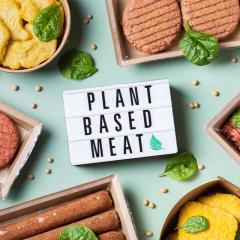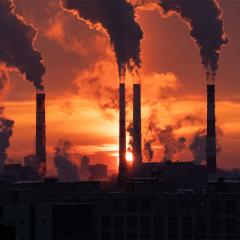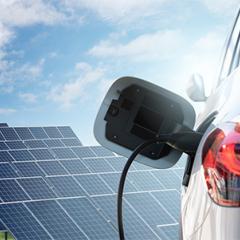The El Nino may significantly disrupt agricultural patterns in Queensland’s farming, senior research officer at the Risk Sustainable Management Group at The University of Queensland Dr David Adamson said.
“In Queensland, farmers are already experiencing one of the worst droughts. Now they’re not going to get any rainfall and it’s just going to get worse,” he said.
“It’s going to lead to some interesting discussions about ‘at what point do we stop subsidising farmers to stay on land?’
“Queensland has been in drought somewhere between eight and ten years. “It’s only going to get longer and drier. At what point do we say enough is enough?”
Dr Adamson said the El Nino would cause a decrease in soil moisture which would negatively impact on cropping and increase reliance on additives for cattle producers.
“The biggest impact this El Nino will have in the short term is on dry land farmers,” Dr Adamson said.
“Depending on the length of the El Nino, dam storages will start shrinking. Farmers will get a smaller water allocation, restricting farming in the Murray-Darling area.
“The El Nino will be interesting for the perennials, that is, the grapes, oranges and other fruit and vegetables that require a lot of water.
“It takes a certain number of years to get a return back on these crops and there need to be a guaranteed number of cold days every year.”
Dr Adamson said that the El Nino also presented new agricultural opportunities for Australian and international farmers.
“There is a market opportunity for exporting Australian wheat. In the Ukraine, the political unrest has caused farming prices to rise,” he said.
“The US is experiencing its worst drought in a long time.
“This may cause a price spike and open an opportunity for Australian wheat.”



